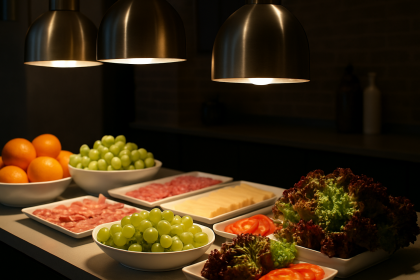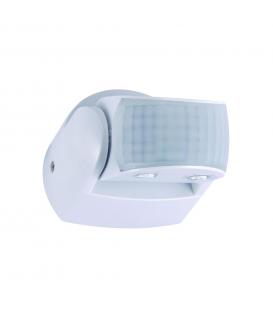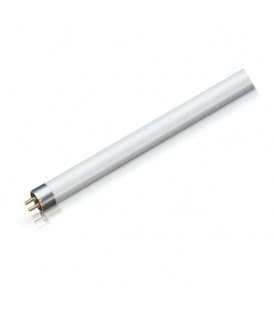Food lighting

Illuminating food with artificial light is a common practice in shops, stores and the food industry to enhance the visual appeal and attractiveness of food products on display. Artificial light is used for a variety of purposes, including improving the appearance, colour, presentation and sale of food. Different types of lighting sources can be used to achieve desired effects.
Here are some of the commonly used types of artificial light sources for illuminating food:
- Fluorescent Lamps: Fluorescent lamps emit a cool and even light that is suitable for general lighting. They are energy-efficient and can cover a wide area. However, they might not render colors accurately, potentially leading to a less appealing presentation of food.
- Halogen Lamps: Halogen lamps emit a warm, white light that closely resembles natural sunlight. They are known for their high color rendering index (CRI), which means they accurately represent colors and textures. This makes halogen lamps a popular choice for illuminating food, as they enhance the vibrant and appetizing appearance of various food items.
- LED Lamps: LED (Light Emitting Diode) lamps are becoming increasingly popular due to their energy efficiency, long lifespan, and flexibility in color temperature. They come in various color temperatures, ranging from cool to warm white. LED lamps with a high CRI can effectively showcase the true colors of food items, making them look more appealing.
- Incandescent Lamps: Incandescent lamps produce a warm and cozy light, but they are less energy-efficient compared to newer lighting technologies like LEDs. They can still be used effectively to illuminate food, especially in settings where a warm and inviting atmosphere is desired.
- Color Temperature: The color temperature of artificial light plays a significant role in how food appears. Cooler color temperatures (between 5000K and 6500K) can make food look fresh and vibrant, while warmer color temperatures (around 2700K to 3500K) can create a cozy and inviting atmosphere.
When illuminating food, it's important to consider factors such as color accuracy, texture enhancement, and overall presentation.
Some tips for effectively illuminating food with artificial light include:
- Use multiple light sources: Combining different types of light sources can create a balanced and appealing illumination that enhances the textures and colors of food.
- Avoid harsh shadows: Position lights to minimize harsh shadows that can obscure the appearance of food items.
- Test and adjust: Experiment with different lighting setups to find the best arrangement that highlights the food's features.
- Consider layering: Use a combination of ambient, accent, and task lighting to create depth and dimension in the display.
- Regular maintenance: Ensure that the lighting fixtures are clean and properly maintained to prevent dimming or color shifts.
- Avoid excessive heat: Some types of lighting, like halogen lamps, can emit significant heat. Make sure that the heat emitted doesn't negatively impact the quality of the food.
Ultimately, the choice of lighting source and technique will depend on the specific goals of the display and the ambiance you want to create in your shop or store.
Some shops and stores use artificial lighting to improve the appearance and attractiveness of the food on the shelves. The light can bring out the colours and textures of the foodstuffs, making them more appealing to consumers. For example, fruit and vegetables can look fresh and attractive under the right lighting, which encourages consumers to buy.
In addition, artificial light can also be used to extend the working time and preserve the freshness of foods. Light such as UV light can inhibit the growth of micro-organisms and prolong the shelf life of some foods. This is particularly useful for some fresh products such as meat, fish, dairy products and baked goods.
When exposing foods to artificial light, it is important to follow guidelines and regulations and ensure that the light does not harm the quality and safety of the food. For example, some foods are sensitive to heat or UV light, so appropriate light sources that do not cause harmful effects should be used.
In any case, it is advisable to follow the guidelines and regulations and to follow best practices when it comes to the illumination of foodstuffs with artificial light in order to ensure the safety, quality and attractiveness of the foodstuffs.






